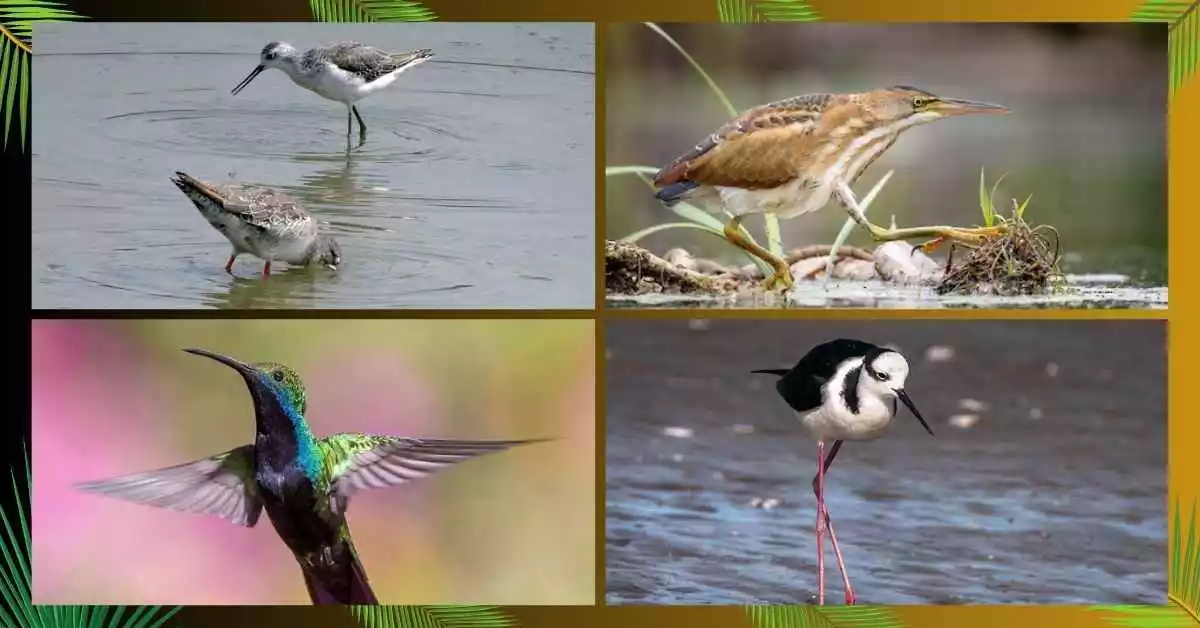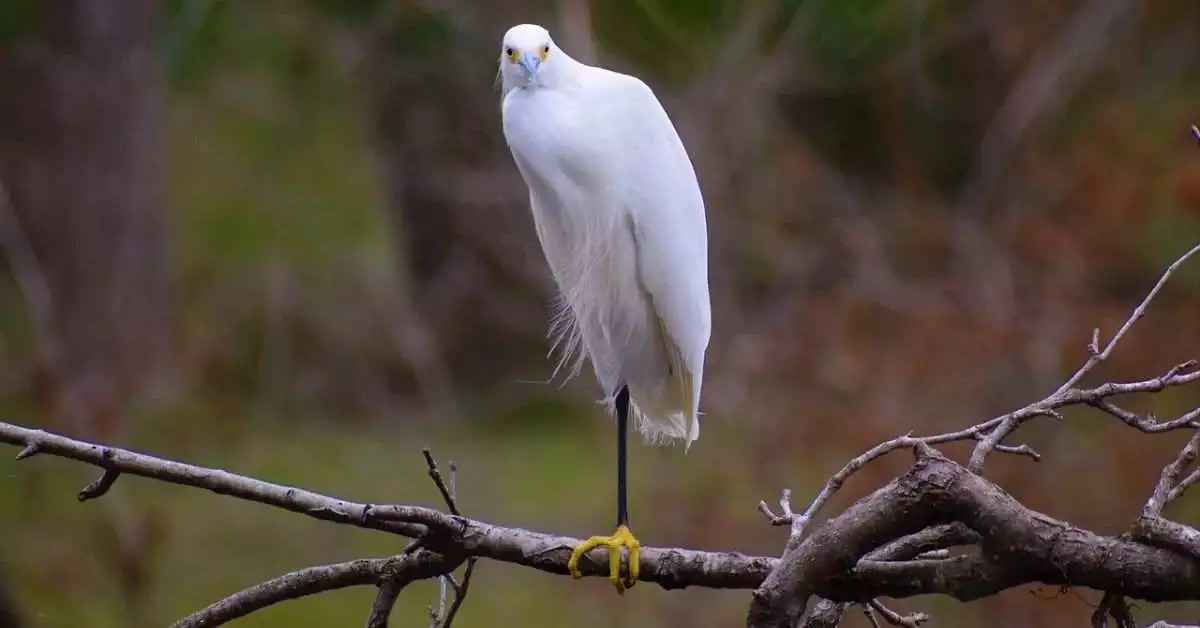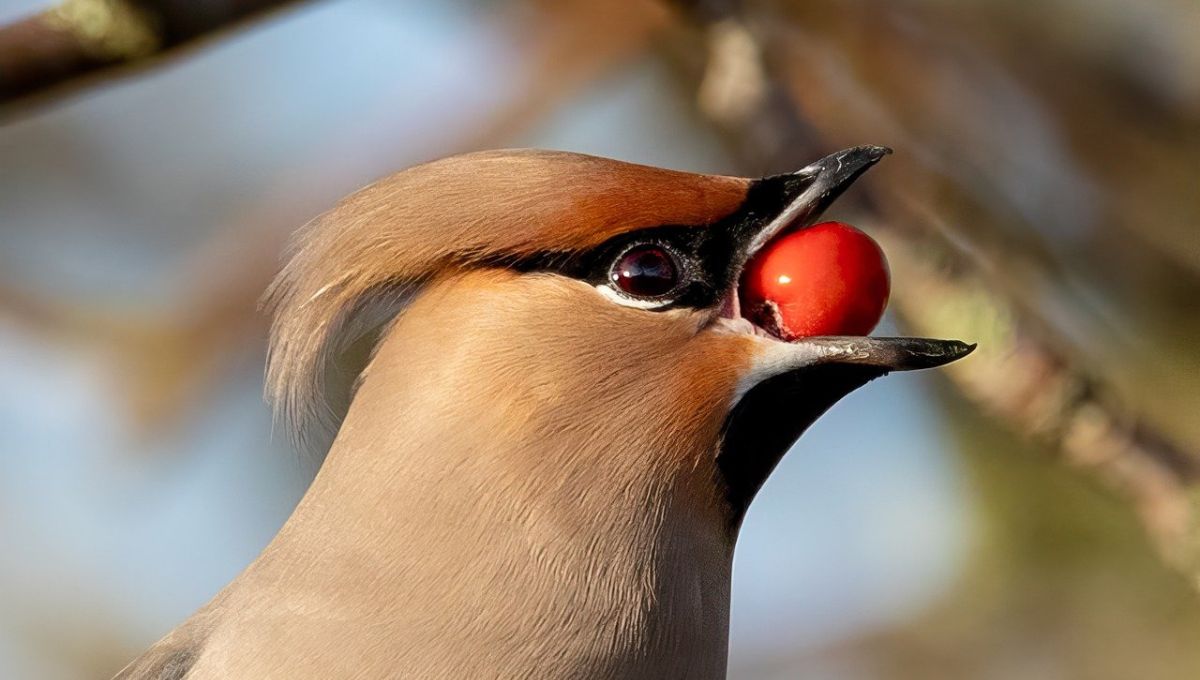Birds are primarily active during the daytime and tend to rest or sleep at night, especially when the moon is shining.
Some birds may continue to be active during the night, especially nocturnal species such as owls and nightjars, but most birds prefer to rest during the night to conserve energy and avoid predators.
During a full moon, some bird species may actually become more active, as the increased light may make it easier for them to forage for food or navigate through their environment.
Some species of migratory birds may also use the moon as a navigational aid during their long-distance flights.
Birds are fascinating creatures that can be found all around the world.
They have different behaviors and habits during different times of day and night. During a moonlit night, birds may behave differently depending on their species and habitat.
Birds and their Sleep Patterns
Most birds are active during the day and prefer to rest or sleep at night. This is because it helps them conserve energy and avoid predators.
However, some bird species are active at night and may hunt or search for food during a moonlit night.
The Effects of Moonlight on Birds
Moonlight can affect the behavior of birds in different ways. Some bird species become more active during a full moon, as the increased light can make it easier for them to see and find food.
Migratory birds also use the moon as a navigational aid during their long-distance flights, which is why they may be more active during a moonlit night.
Examples of Nocturnal Birds
Nocturnal birds such as owls and nightjars are more active during the night and may hunt or search for food during a moonlit night.
These birds have special adaptations that help them navigate and find prey in the dark, such as excellent hearing and eyesight.
Conclusion
In conclusion, birds have different behaviors during a moonlit night depending on their species and habitat. It’s important to appreciate and protect these fascinating creatures and their unique behaviors during different times of day and night. By understanding how birds behave during a moonlit night, we can better appreciate and protect them for future generations.






